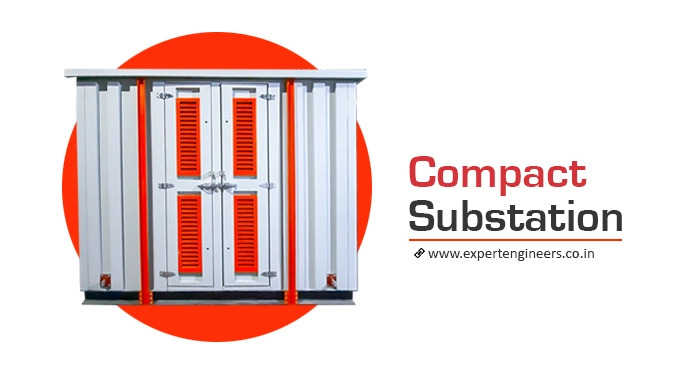The transformation of the energy industry is not just about distributed generation and micro-grids. It’s about digitization, artificial intelligence, and Internet of Things (IoT). In fact, many of these new technologies are beginning to merge into a single convergence eco-system that we call the Digital Energy Network. The energy grid is moving away from large, centralized power plants and towards smaller, more distributed smart systems that monitor and control electricity wherever it’s generated or consumed. With demand for electricity being driven by residential customers as much as industrial ones, substation solutions must be compact enough to fit in small spaces but have all the essential components needed for reliable high-voltage switching in a confined space. The compact substation can be combined with other equipment like Micro-Generation In A Box (M^3 B) modular solutions that enable remote monitoring of generators and switchgear in a common enclosure.
What is a Compact Substation?
A compact substation is a smaller, less expensive, off-the-shelf modular version of the traditional substation. It’s designed for customers who need to fit a substation into a small space such as behind a retail store or on top of a garage. It’s built to the same safety standards as a conventional substation but has a smaller footprint and lower cost. A compact substation has low-voltage, medium-voltage and high-voltage switching capability. It’s built to the same safety standards as a conventional substation but has a smaller footprint and lower cost. It has breakers, transformers, low-voltage switchgear, a control room and the same level of equipment needed to serve customers. It’s designed to be modular and easily expandable.
The Need for a Compact Substation
Although large, conventional substations are well-suited to their traditional role, it has become clear that the existing technology is ill-equipped for the evolving, distributed system that is emerging and some of the challenges this poses. Since the installed base of substations will remain in place for decades to come, there is a need for a new generation of smaller, more modular, and more cost-effective substation solutions.
Why Build a Compact Substation?
We believe the transformation of the energy industry will result in a more decentralized grid with more distributed generation: solar panels on rooftops, wind farms in rural areas, diesel-fired generators at remote locations, and micro-grids in cities. This shift will require smaller, more modular substations and an ecosystem of sensors, communication systems, software and other technology. This is the direction in which many of the world’s largest utility companies are moving.
So, what’s in a compact substation?
There are four main components that make up a compact substation: – Low-voltage switchgear and controls – This part of the substation is located inside the main breaker. – Medium-voltage switchgear and controls – Located on a common wall adjacent to the low-voltage switchgear and controls. – High-voltage switchgear and controls – Located on a common wall adjacent to the medium-voltage switchgear. – Monitoring and control room. – Essential for visualizing the full range of operations and functions.
Conclusion
The transformation of the energy industry is not just about distributed generation and micro-grids. It’s about digitization, artificial intelligence, and Internet of Things (IoT). In fact, many of these new technologies are beginning to merge into a single convergence eco-system that we call the Digital Energy Network. The energy grid is moving away from large, centralized power plants and towards smaller, more distributed smart systems that monitor and control electricity wherever it’s generated or consumed. With demand for electricity being driven by residential customers as much as industrial ones, substation solutions must be compact enough to fit in small spaces but have all the essential components needed for reliable high-voltage switching in a confined space.


